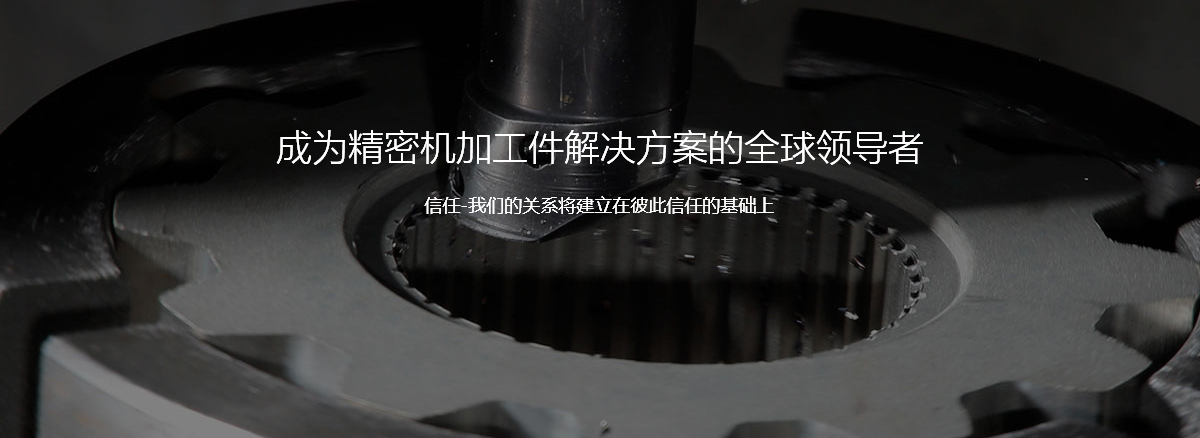When removing a circuit board from an automatic CNC lathe manufacturer, it is important to record the corresponding position and number of connecting cables. For fixed circuit boards, the corresponding curled parts and screws should be removed before and after recording. When disassembling, the pressure components and screws should be placed in a special box to prevent loss. After assembly, all items in the box should be utilized, otherwise it will result in incomplete assembly.
Welding iron should be placed in front of hands and away from repairing circuit boards. Properly trim the iron head, cooperate with the soldering of integrated circuits, and also prevent it from touching other components during the soldering process. When measuring the resistance between lines, the power supply should be cut off. When measuring resistance, the red and black test leads should be replaced twice, and the resistance value is the reference value. Most CNC lathes have solder mask on their circuit boards, so corresponding solder joints should be found as test points. Do not remove the solder film, some boards are coated with insulation layer, and only the insulation layer at the solder joint position can be hung off on the blade.
CNC lathes should not randomly cut off production lines. Some repair personnel have some experience in home appliance repair and are accustomed to disconnecting wires. But most of the circuit boards on CNC lathe equipment are double-sided metal holes or multi-layer perforated boards. The printing lines are fine and dense, and once blocked, it is not easy to weld them. Tangents can also be easily cut off from adjacent lines, and when cutting a line, they cannot be separated from the line, and multiple lines need to be cut at the same time. Components shall not be dismantled or replaced arbitrarily. Some people simply replace or disassemble a damaged component without any problems, which increases the misjudgment rate and leads to a high rate of human damage to the disassembled component.


